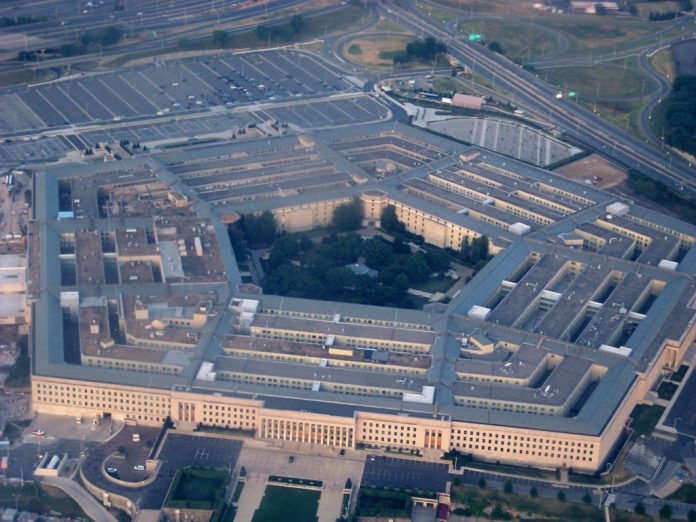Every once in a while reality comes along, slaps us in the face, and reminds us that some things are more important than others. Russia’s indefensible, brutal invasion of its neighbor Ukraine, China’s increasing belligerence and military expansion, and our disastrous withdrawal from Afghanistan are leading most observers to realize that the United States is going to have to increase its defense spending.
On the one hand, the $778 billion the U.S. spent on defense in 2020 is more than the next 11 largest countries spent of defense combined. However, in 2021 the U.S. spent a relatively low percentage of GDP on defense—3.3 percent—which is currently projected to drop to 2.7 percent of GDP by 2031. As recently as 1993, after the end of the Cold War when the U.S. was experiencing the “Peace Dividend,” we spent 4.6 percent of GDP on defense.
So today U.S. defense spending is well below the level of the Peace Dividend, when Francis Fukuyama wrote that the end of the Cold War meant the “End of History.”
Clearly, our economy is large enough to spend a higher percentage of GDP on defense in order to ensure that we can fight a major-power conflict war if necessary, and that we could fight on more than a single front, as we had to during World War II.
But there are problems. For one thing, nobody, and I mean nobody, thinks the Pentagon spends money efficiently or allocates it wisely. We need to spend more on defense, but we also need to do it more efficiently. One reason why we at IPI were strong supporters of the sequester, even though it slowed the growth of defense spending, is that budget limits have a way of focusing the mind and forcing prioritization. We need much more of that in the Defense Department.
During the Trump administration, the chief management officer of the Pentagon, Lisa Hershman, did a phenomenal job cutting waste, improving efficiency, and streamlining processes. She or someone like her should be invited back, and that position should be given all the authority and resources it needs in order to use our defense dollars wisely.
Also, the “SpaceX” model of procurement should be forced upon defense contractors. Working with SpaceX and other private sector launch providers, NASA has shifted from a “cost plus, sole source” procurement model to a competitive, fixed-cost model, saving taxpayers hundreds of millions of dollars. Many defense contractors are also in the space business, so they’ve been forced to shift to a more efficient model for space. Why not for defense?
But most importantly, with federal debt ballooning, interest rates rising and the return of inflation, we simply must set our fiscal house in order. We must be able to say “no” to more things so that we can “yes” to a stronger defense.
Originally published by Institute for Policy Innovation. Republished with permission.












[…] post More Defense Spending, But How? appeared first on Heartland Daily […]